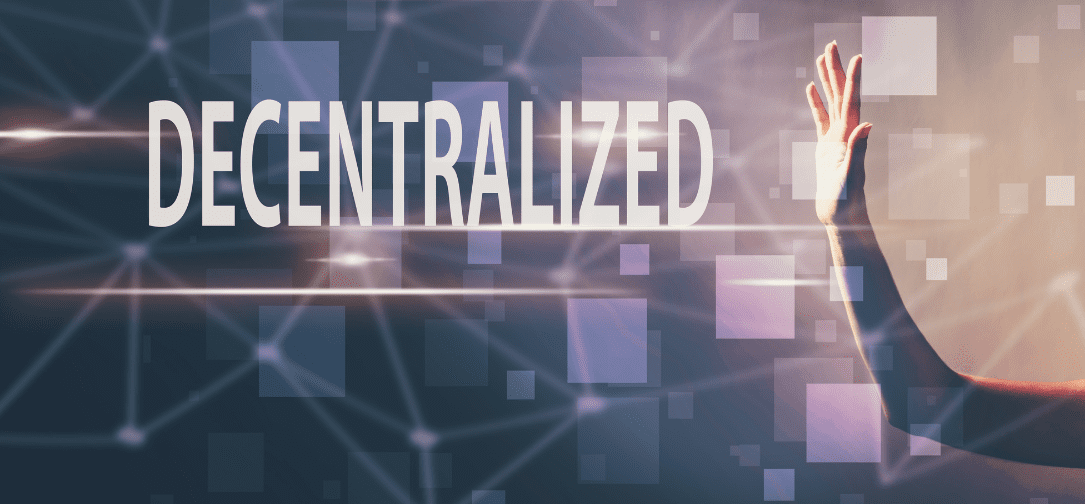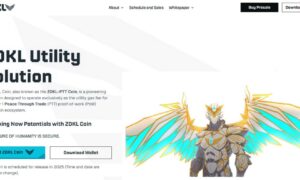Metis, a Layer 2 ecosystem built on the Ethereum network, has entered a new phase in its development, focusing on testing its Decentralized Sequencer. This phase represents a significant shift within the blockchain realm as Metis transitions from the traditional single-sequencer model — used by other Layer 2 Rollups — to a more decentralized approach. The commencement of testing with five sequencer node operators on the Metis Holesky Testnet marks a notable step in this journey.
A Significant Leap Forward
Metis is setting the stage for a revolutionary change in the Ethereum ecosystem. With community testing of the Metis Decentralized Sequencer starting on January 3rd, the project is well on its way to becoming the first Ethereum rollup to feature a decentralized sequencer. This marks a significant milestone in Ethereum’s scalability and the path towards rollup decentralization.
Moreover, the Proof-of-Stake Sequencer Pool community testing offers Metis users a unique chance to engage with the platform’s ecosystem. Participants can explore both existing and new decentralized applications (dApps) on the Sepolia testnet and earn rewards for their contributions. This testing phase is divided into three distinct phases, each designed to test and optimize the sequencer pool rigorously.
Ethereum’s Scalability Options: A Brief Recap
The journey towards finding the optimal scalability solution for the Ethereum network has been one of trial and error. Starting with ‘State Channels’ in the early days, the crypto community started by exploring various Layer 2 solutions like ‘Sidechains’ and ‘Plasma.’ And while these technologies came with certain benefits, they were also plagued with certain limitations.
Amid this scalability debate, the concept pervading ‘Rollups’ has emerged as an extremely popular solution among users, especially since it allows clients to execute off-chain transactions while maintaining data on-chain. That said, current rollups face challenges in achieving complete decentralization, particularly when it comes to sequencer operations.
Redefining Rollup Architecture: The Metis Difference
Up until now, most roll-up solutions have yet to fully decentralize their sequencer operations, leading to potential security risks and centralized control. Metis addresses these concerns by introducing a distributed sequencer pool, promising enhanced security, censorship resistance, and community participation in network governance.
Moreover, it bears mentioning that the Metis Decentralized Sequencer is more than just a technical upgrade; it represents a commitment to community-driven innovation and decentralization. Features such as 24/7 liveness, enhanced security, fee sharing, and liquid staking are part of this new ecosystem.
Testing, Exploration, and Beyond
The community testing phase, set initially to unfold across two distinct seasons, is now poised for a significant expansion. Season 1, initially slated to commence on January 3rd and conclude on January 17th, is set to be rescheduled following a community-wide decision.
During this phase, users can interact with various Metis dApps on the Holesky testnet, including platforms like Hummus Exchange, Netswap, and Tethys Finance. Additionally, a new native liquid staking protocol for METIS tokens is also on the horizon, further expanding the platform’s capabilities.
In the upcoming weeks, Metis will also reveal a list of participating dApps — which the community can interact with via ‘Metis Spaces.’ These protocols are live or will soon be deployed on the Metis mainnet. The forthcoming ‘Community Testing’ phase will offer participants the chance to explore and engage with these innovative protocols, fostering a deeper understanding and mastery of the Metis ecosystem.
Governance Expansion and Community Involvement
Lastly, Metis is taking a significant step towards community ownership by expanding its governance framework. To this point, a proposal has been submitted to further decentralize Metis, ensuring that decision-making power regarding funding, network enhancements, and collaborations rests with the community.
Under the new governance structure, Metis will no longer centrally decide which projects meet the Community Ecosystem Governance (CEG) criteria. Instead, the community will be responsible for approving projects for funding and collaboration. This change will give the Metis community significant decision-making power over various aspects, including funding, network enhancements, and collaborations with other protocols.
Moreover, the MetisEDF (Ecosystem Development Fund), currently valued at $400,000,000, will be managed largely by the platform’s governance system. Only protocols that successfully go through the Community Ecosystem Governance to become a community-verified project (CVP) will be eligible for funding and collaborations. This governance vote, which also includes the decision on the launch of Community Testing, was approved after a vote took place on Wednesday, January 10th.
As Metis implements this new governance structure, the sequencer decentralization will also be subject to a community vote, along with the scheduling of the community testing. Lastly, it bears mentioning that the surge in interest for community testing dApp slots has prompted Metis to reconsider the launch date for its community testing activities, which will now depend on community approval of its implementation.
Thus, as Metis moves forward with its innovative sequencer pool initiative, it is actively inviting its backers and the crypto community to become an integral part of its rapidly unfolding journey. The initiative is not just about technological advancement but also about fostering a decentralized, participatory blockchain ecosystem


































